Contents
As this blog has grown, so I’ve started to receive a fair number of emails each day from people just like you.
Indeed, it’s one of my favorite parts of running a blog; being able to connect with people in this way.
But of all the dozens of emails I get each month, there are two common themes:
- You’re in a financial squeeze and are wondering how to finally get ahead
- You’d like to become financially independent and retire early to enjoy life
Truth be told – I see myself in very much the same situation, so if this is you then you’re far from alone.
Sadly, at first glance, these two themes seem to be at odds.
After all, if you want to become financially free you’re going to need to start saving and investing money for the future. And if you’re going to eventually reach the point of financial freedom then you’re going to need a lot of money saved.
Despite this perhaps you find yourself with debt, or struggling to make ends meet, or just “getting by” without too many luxuries. The thought of putting 25% or 50% or more of your income into savings each month just doesn’t seem realistic.
So what’s the best route between these two situations? Is it even possible to transition one into the other, and if so how can we do it?
This is a question that I’ve thought about a lot myself thanks to my own situation, not to mention those of the readers I connect with.
And today I’d like to try and explain my own thinking on how even people like us can achieve financial freedom by following a few common sense financial principles.
Definition of “Bootstrapping”
When I was a child I was obsessed with pets. I still am, to be fair. I remember reading a book about a woman who wanted a pet parrot but couldn’t afford one. Rather than giving up, she bought what she could afford. I can’t remember what she bought but for the sake of argument let’s say it was a couple of little finches.
She then bred these finches, and sold the babies. This provided extra income so she could afford to buy something bigger. Perhaps a pair of parakeets. They’re more expensive, but the youngsters are also worth more. So she bred these too, and earned even more money.
From that tiny first investment she watched her investment grow and grow, carefully reinvesting her money until she hit her goal and bought the parrot.
This is a perfect example of “bootstrapping” – quite simply you use existing funds to keep on building, expanding and growing so that over time your income grows and grows. It’s like compound interest on steroids; because you control it so it’s far more active and, done right, far quicker than passively waiting for the bank to make you rich.
And this is how even those in tight financial situations can become financially free. By staying strong, re-investing and, over time, growing a network of income-producing assets so that their income continues to balloon over time.
Sample Bootstrapping Plan For Reaching Financial Independence
OK so this all sounds wonderful in theory, but how do we apply these concepts to our finances? That’s what I want to cover here. I’d like to tell you my current plan so you can see how this transitions and compounds from very little to quite the opposite.
1. Get Out Of Debt
The first step on the road to financial freedom involves getting out of debt once and for all. Mortgages don’t count; but you want no loans, no credit card debt, no overdrafts, no vehicle finance. By ridding yourself of these payments you’ll immediately free up capital from each pay packet that you can start to utilize to build your portfolio.
2. Increase Income By Any Method Possible
Once you’re debt free you should have some disposable income each month to invest in your future. However depending on the size of your plans and the sum of money you have available it may take literally years until you can move on to step 3.
While each of us is different, therefore, you might want to consider trying to increase your income by any method possible. This might involve starting a side hustle or taking a second job. It might involve doing overtime at your current job or going out of your way to land a pay raise.
Whichever option you choose, remember that this step is only temporary; and the better you do it, the faster you can transition up the ladder of financial freedom.
3. Create An Emergency Fund
Financial accidents happen. Washing machines break, car crashed happen and so on. The last thing you want to do is to let a silly situation like fixing a broken pipe to tear up your plan so you have to start all over again.
Once you have some disposable income, therefore, start to put some into an “emergency fund”. This should eventually contain roughly 3 months of living expenses, in a readily-accessible account. In this way you will be able to access it at the drop of a hat if you ever have a financial emergency. Once fuelled, you can move onto to step #4.
4. Start Saving For Your First Asset
The steps leading to this point can seem to take an eternity; indeed many people give up long before now. However once you’ve got out of debt and your emergency fund is in good shape the real fun can begin. This is where all the hard work you’ve put in starts to really pay off.
In essence you start to save all your disposable income ready to buy an income-producing asset. Quite what this asset is can vary. On the one hand this might be investments like stocks and shares. On the other hand – and my preference – is some kind of business or property investment.
Why a business?
Quite simply owning a business typically requires more effort than maintaining a share portfolio but can produce far larger returns. I believe therefore that investing in buying one or more businesses is the best route to start your bootstrapping.
Later on in the process you can look at more passive income sources like mutual funds and hedge funds; for now look for the best return possible.
5. Buy Asset & Reinvest Profits
Once you achieve the level of savings necessary, go and buy your business. At this point you should find your income increases steeply, meaning that your “savable income” will also increase significiantly. This starts you on the “fast track”. No longer are you limited to what your job is willing to pay you; suddenly you’re far more in control of your finances and can start to grow your nest-egg much faster.
Try to keep your living expenses on par with what they were when living on a budget, and start to save all this extra income you now enjoy. The more you can save, the quicker you can move up to the next rung in the “bootstrapping” process.
6. Repeat Step #5 Ad Infinitum
Keep on letting those savings accrue until you can afford your next financial move. Whether that’s expanding your existing business or buying a new one, the goal is to just keep the cycle of save, invest, save, invest going. With each new investment your income should go up, allowing you to save ever more money.
Keep on this course for long enough and sooner or later you’ll hit the “magic number” and be able to retire safe in the knowledge that you have enough money to last you for the rest of your life.
What do you struggle with most financially at present? How far along this journey are you? Please leave your thoughts in the comments section below…


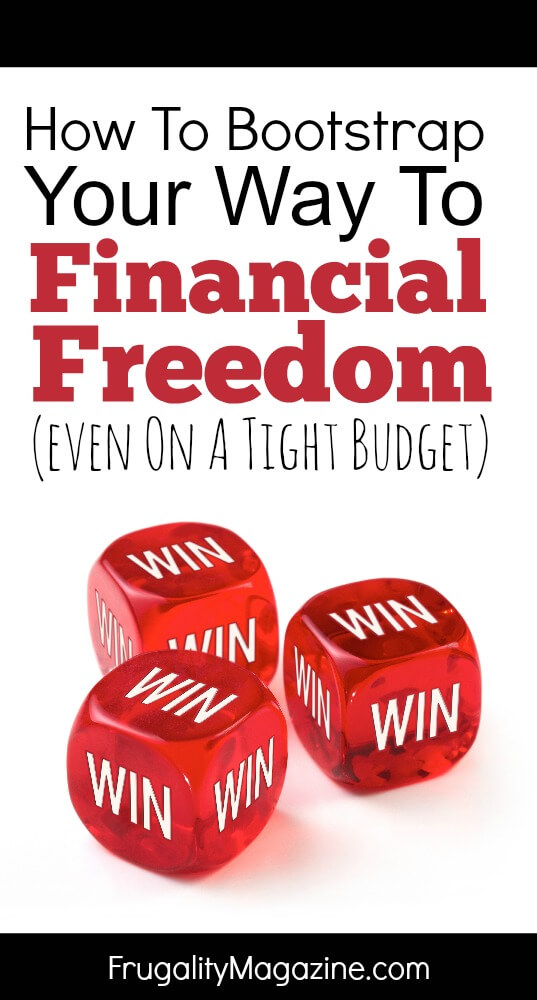

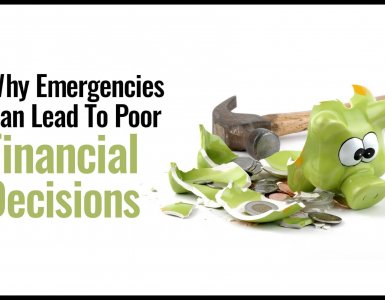

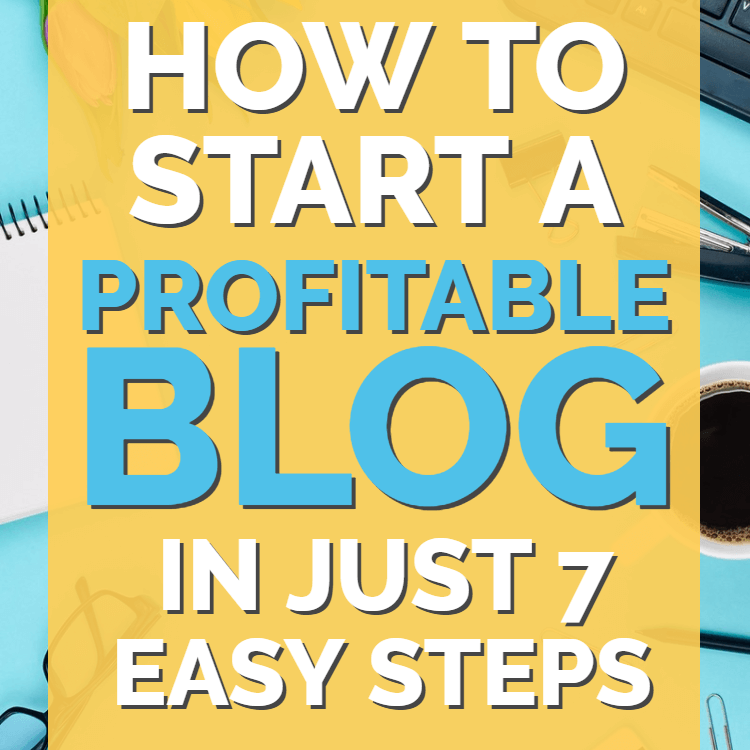


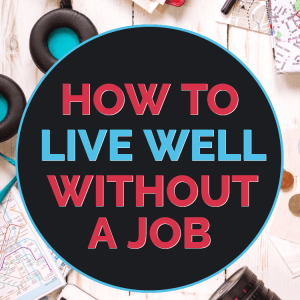
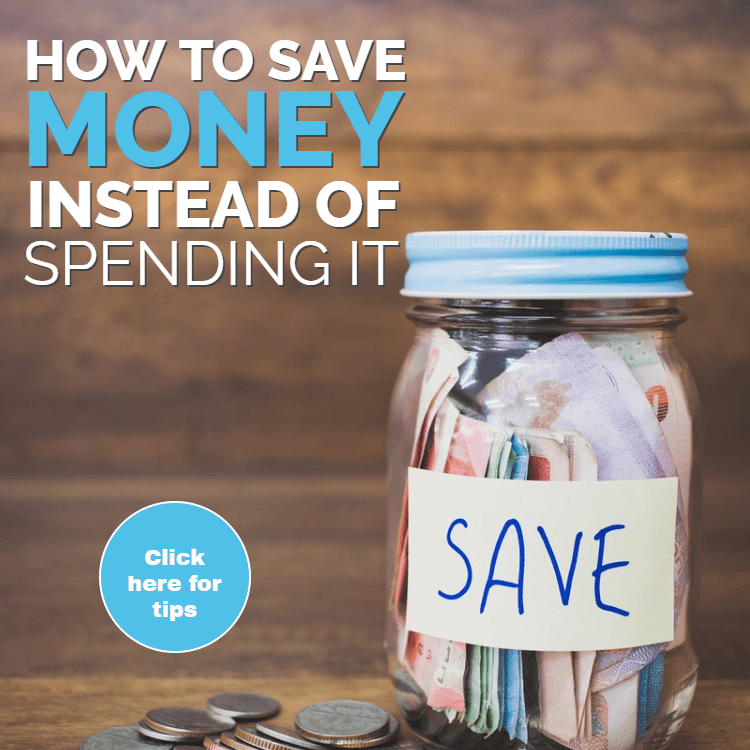
Add comment